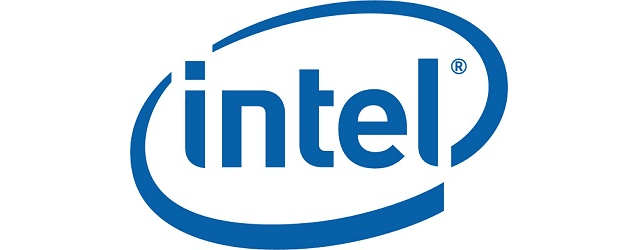Intel gets some Real Sense at CES. The RealSense technology attempts to bring immersive and human interaction to devices.
The chip making giant says that RealSense is the first integrated 3D depth and 2D camera module. Intel RealSense 3D camera is one of the first products in the new line that helps devices “see” depth much like the human eye.
Intel said they developed RealSense in collaboration with other high tech vendors with the goal of bringing human-like senses to 2 in 1s, tablets, ultrabooks, notebooks, all-in-ones and other mobile devices that have not even been released yet. Those other vendors are 3D Systems, Autodesk, DreamWorks, Metaio, Microsoft Skype and Lync, Scholastic and Tencent. Intel is also claiming that the RealSense 3D camera is the world’s first and smallest integrated 3D depth and 2D camera module with the Nuance Dragon Assistant.
Mooly Eden, senior vice president, general manager of the Perceptual Computing Group, said for decades, people have had to learn new languages, techniques and commands to get our devices to do what we want.
“Our vision with Intel RealSense technology is to reverse that, and make our devices learn and understand us. By equipping them with technologies that mimic human senses in a more genuine way, our everyday experiences such as learning, communication and gaming are transformed; and entirely new ones are possible.”
The first Intel RealSense 3D camera features a depth sensor and a full 1080p colour camera that has the ability to detect finger level movements enabling highly accurate gesture recognition, facial features for understanding movement and emotions. It can understand foregrounds and backgrounds to allow control, enhance interactive augmented reality, simply scan items in three dimensions, according to Intel.
The Intel RealSense 3D camera will be integrated into Intel-based devices from vendors such as Acer, Asus, Dell, Fujitsu, HP, Lenovo and NEC. Eden added that the Intel RealSense technology may also change the way people collaborate through video conferencing, enhanced learning and edutainment through augmented reality, immersive gaming, and the ability capture and share 3D images.
Intel has predicted that gestures, voice and touch will encourage children to become more active participants in games rooted in learning. To underscore the potential in edutainment, Eden announced a collaboration with Scholastic, the global children’s publishing education and media company, to design interactive experiences for two of its most iconic global franchises, Clifford the Big Red Dog and I SPY.





